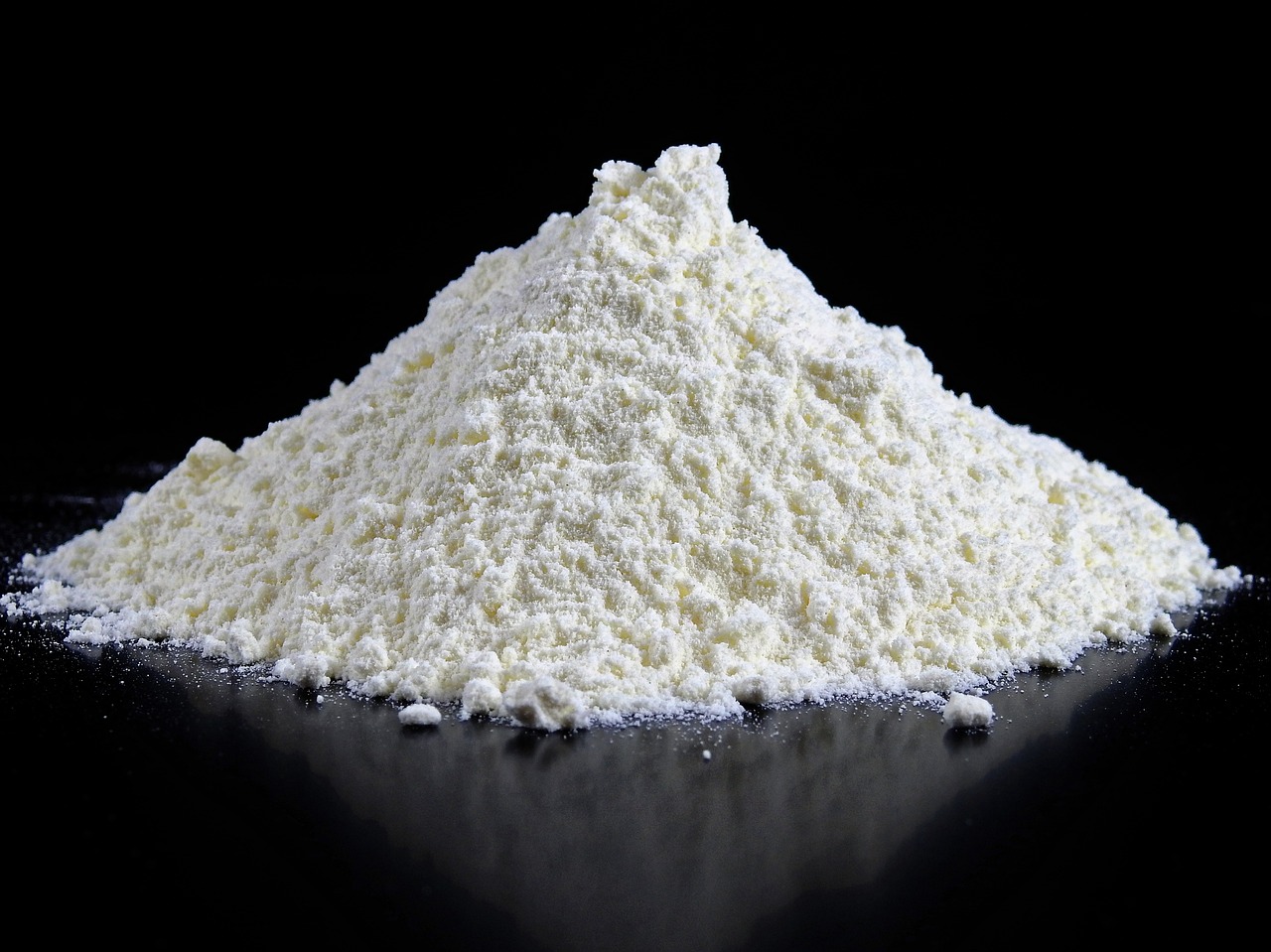Decoding Food Labels: Navigating Through Organic, Non-GMO, and More
Organic certification is a process that ensures integrity in the production of food and agricultural products. It involves strict standards and regulations that must be followed by farmers and producers to label their products as organic. These standards typically include guidelines for avoiding synthetic pesticides, fertilizers, antibiotics, and genetically modified organisms.
When a product is certified organic, it means that it has been produced using methods that prioritize environmental sustainability, animal welfare, and human health. Consumers who purchase organic products can have confidence that they are supporting practices that are less harmful to the environment and that promote a healthier way of farming and food production.
• Organic certification ensures integrity in the production of food and agricultural products
• Strict standards and regulations must be followed by farmers and producers
• Guidelines typically include avoiding synthetic pesticides, fertilizers, antibiotics, and GMOs
• Certified organic products prioritize environmental sustainability, animal welfare, and human health
• Consumers can have confidence that they are supporting practices that are less harmful to the environment
Exploring the Meaning of Non-GMO
Genetically modified organisms, or GMOs, are organisms that have had their genetic material altered in a way that wouldn’t occur naturally. Non-GMO refers to products that are produced without the use of genetically modified organisms or their byproducts. This label signifies that the ingredients in the product have not been genetically engineered. Consumers seeking to avoid GMOs often look for products labeled as non-GMO to ensure they are making choices aligned with their preferences and beliefs. Non-GMO products are typically deemed as more natural and less processed, appealing to those looking for a more traditional approach to food consumption. Some individuals simply prefer the taste or perception of non-GMO products over their genetically modified counterparts.
Identifying Hidden Ingredients
Hidden ingredients can pose a challenge for consumers trying to make informed choices about their food. Food manufacturers may use various terms or scientific names to disguise less desirable components. These undisclosed additives can include artificial flavors, preservatives, or sweeteners that can impact the nutritional quality of the product.
Reading ingredient labels carefully is crucial in uncovering hidden components in food items. Some common hidden ingredients to watch out for are high fructose corn syrup, monosodium glutamate (MSG), and hydrogenated oils. Being aware of these concealed additives can help individuals make healthier and more conscious decisions when selecting food products.
What does organic certification mean?
Organic certification ensures that a product has been produced using approved methods that promote environmental sustainability and animal welfare. This includes avoiding synthetic pesticides, GMOs, and antibiotics.
How can I identify hidden ingredients in a product?
To identify hidden ingredients in a product, carefully read the ingredient list on the packaging. Look out for terms like “natural flavors” or “artificial colors” which may not fully disclose all the ingredients used.
What is the significance of being Non-GMO?
Non-GMO means that a product does not contain genetically modified organisms. This can be important for those looking to avoid GMOs for health or environmental reasons.
How can I ensure that a product is truly organic?
Look for the organic certification label from a reputable organization like the USDA or the Non-GMO Project. These labels indicate that the product has met strict standards for organic production.







